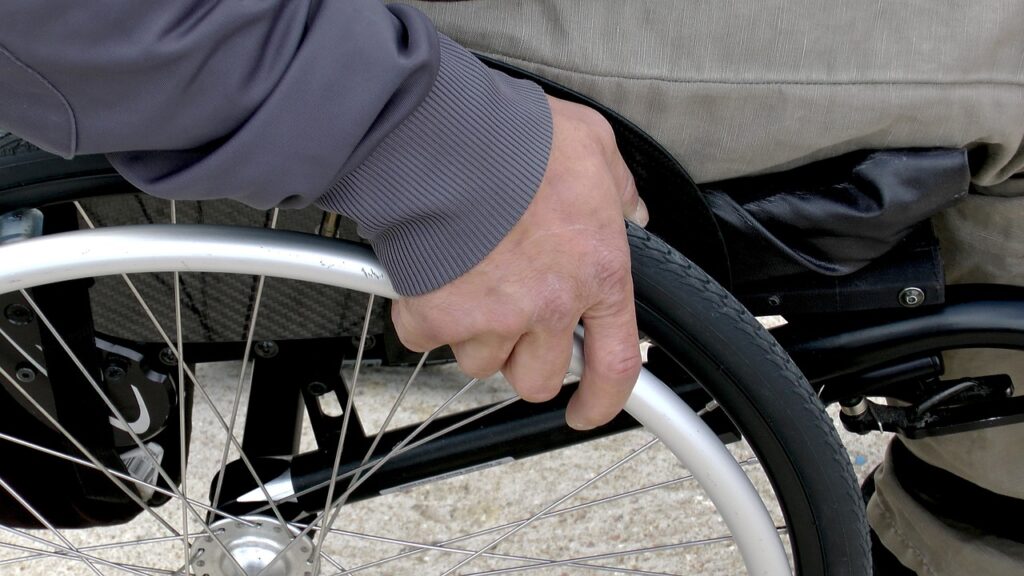Occupational therapy (OT) plays a crucial role in helping patients regain independence and improve their quality of life. One of the key elements that make this possible is the diverse range of occupational therapy tools and adaptive equipment that therapists use every day. In this post, we’ll explore the top 10 most-used occupational therapy equipment, shedding light on how these therapeutic aids enhance patient care.
Introduction
In occupational therapy, the right equipment can make all the difference. These tools not only facilitate optimal patient outcomes but also empower individuals to perform daily activities with greater ease and confidence. Let’s take a look at the essential occupational therapy tools that every therapist should be familiar with.
Top 10 Most Used Occupational Therapy Equipment
1. Wheelchair and Mobility Aids

Mobility is a fundamental aspect of daily life, and wheelchairs along with other mobility aids such as walkers and canes are essential for patients with limited movement. These tools help patients move independently and comfortably within their environment.
2. Adaptive Kitchen Aids
For many patients, the kitchen is a challenging area to maneuver. Adaptive kitchen aids, such as ergonomic utensils, jar openers, and adaptive cutting boards, make cooking and meal preparation more accessible and enjoyable.
3. Bathroom Safety Equipment

Safety in the bathroom is a primary concern for individuals with mobility issues. Bathroom safety equipment like grab bars, shower chairs, and raised toilet seats significantly reduce the risk of falls and injuries.
4. Rehabilitative Exercise Equipment
Rehabilitation often involves physical exercises tailored to the patient’s needs. Rehabilitative exercise equipment such as resistance bands, therapy balls, and balance boards are vital in helping patients regain strength and coordination.
5. Splints and Braces
Splints and braces provide crucial support and stability for injured or weak joints and muscles. These devices help in maintaining proper alignment and preventing further injury during the recovery process.
6. Cognitive Rehabilitation Tools
Cognitive rehabilitation is an essential aspect of occupational therapy for patients with brain injuries or neurological conditions. Tools like memory games, puzzles, and specialized software aid in enhancing cognitive functions.
7. Fine Motor Skill Aids

Improving fine motor skills is vital for performing tasks that require precision, such as writing or buttoning a shirt. Fine motor skill aids include theraputty, hand exercisers, and adaptive writing tools, which help patients strengthen their hand and finger dexterity.
8. Sensory Integration Tools
For patients with sensory processing issues, sensory integration tools like weighted blankets, sensory brushes, and tactile toys are invaluable. These tools help in calming the nervous system and improving sensory processing abilities.
9. Assistive Technology Devices
Assistive technology devices encompass a wide range of tools designed to aid communication and daily living. Examples include speech-to-text software, adaptive keyboards, and electronic organizers, all of which enhance the independence of individuals with disabilities.
10. Orthopedic Supports
Orthopedic supports such as lumbar rolls, knee braces, and cervical collars provide necessary support to various parts of the body, helping to alleviate pain and promote proper posture during recovery.
How Occupational Therapy Tools Improve Patient Care
The use of these occupational therapy tools significantly enhances patient outcomes by:
- Improving Mobility and Independence: Tools like wheelchairs and adaptive kitchen aids empower patients to move and perform tasks independently.
- Enhancing Safety: Equipment such as bathroom safety aids reduces the risk of falls and injuries, providing a safer environment for patients.
- Facilitating Rehabilitation: Rehabilitative exercise equipment and cognitive rehabilitation tools aid in the recovery of physical and cognitive functions.
- Supporting Daily Living: Devices like fine motor skill aids and assistive technology facilitate everyday activities, making life more manageable for patients.
Future of Occupational Therapy Tools
The future of occupational therapy looks promising with advancements in technology. Emerging tools such as virtual reality for rehabilitation, smart home adaptations, and AI-driven assistive devices are set to revolutionize the field, providing even more effective and personalized patient care.
Conclusion
Occupational therapy tools and equipment play a pivotal role in improving patient care and quality of life. By staying updated on the latest advancements and incorporating the best tools into practice, occupational therapists can continue to provide superior care and support for their patients.
Remember, occupational therapy tools are constantly evolving. Make sure to stay informed and continuously seek out new and innovative tools to enhance your practice. If you’re looking for expert advice on the latest OT equipment, don’t hesitate to connect with us.
The information provided on this website is for general informational purposes only. It is not intended as, nor should it be considered, professional or medical advice. Always consult a professional regarding your specific medical issue.
Recently Featured OT Insider Posts
WBAT: A Key Tool in Occupational Therapy Practice
Going Green: Sustainable Practices in Occupational Therapy
Empowering Women’s Health: The Role of Occupational Therapy
Paws for Healing: AAT in Occupational Therapy
The Benefits of Music Therapy in Occupational Therapy Practice
Exploring the Diverse Types of Splints in Occupational Therapy
Top 5 Tips for Supervising Fieldwork Students in Occupational Therapy
10 Amazing Fieldwork Strategies for Occupational Therapy Students
